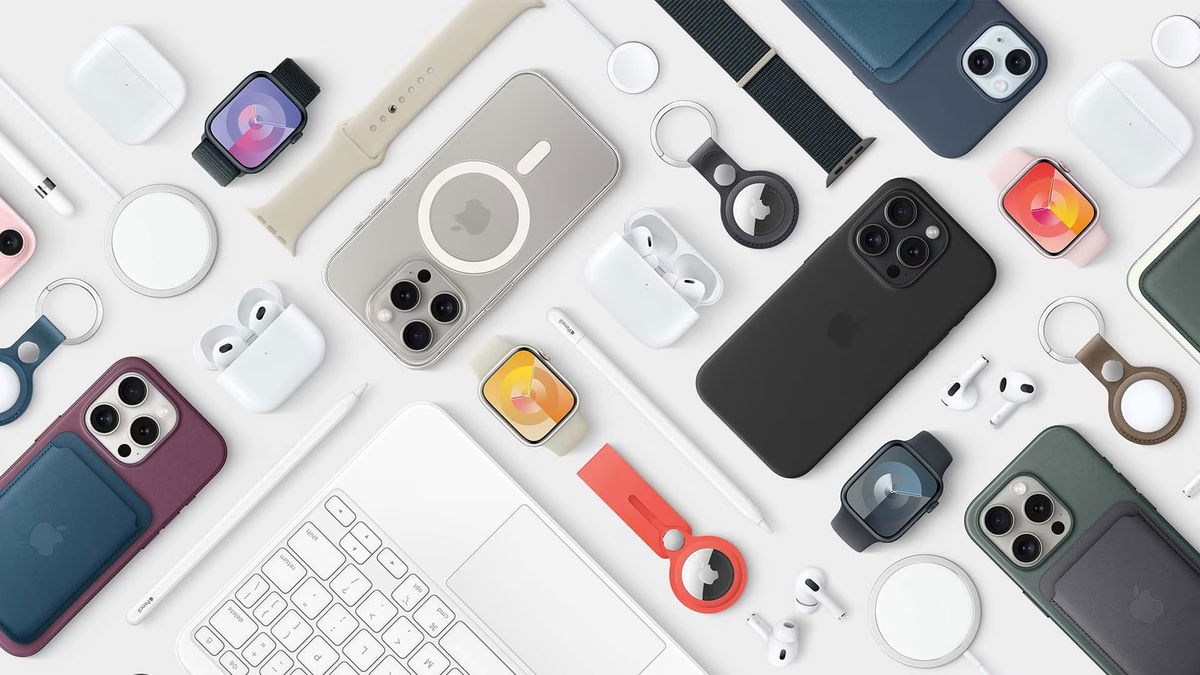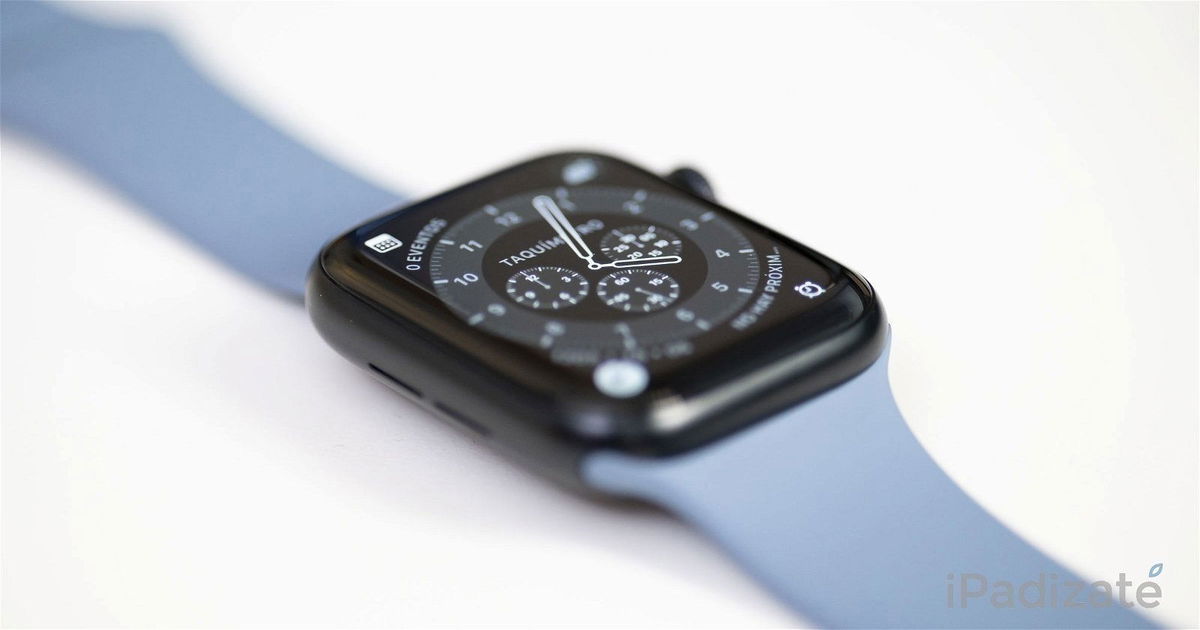When using traditional 3D printing technologies, layers of material are stacked vertically. In the new study, cells are arranged horizontally, allowing interaction and signal exchange between them. The brain cells are coated in a soft gel that makes the material durable while allowing neurons to communicate.
New brain tissue can be used to study signaling between cells in various neurological diseases and to test new drugs. This technology is accessible to many laboratories because it does not require special bioprinting equipment or cell culture methods.
Source: Ferra
I am a professional journalist and content creator with extensive experience writing for news websites. I currently work as an author at Gadget Onus, where I specialize in covering hot news topics. My written pieces have been published on some of the biggest media outlets around the world, including The Guardian and BBC News.










